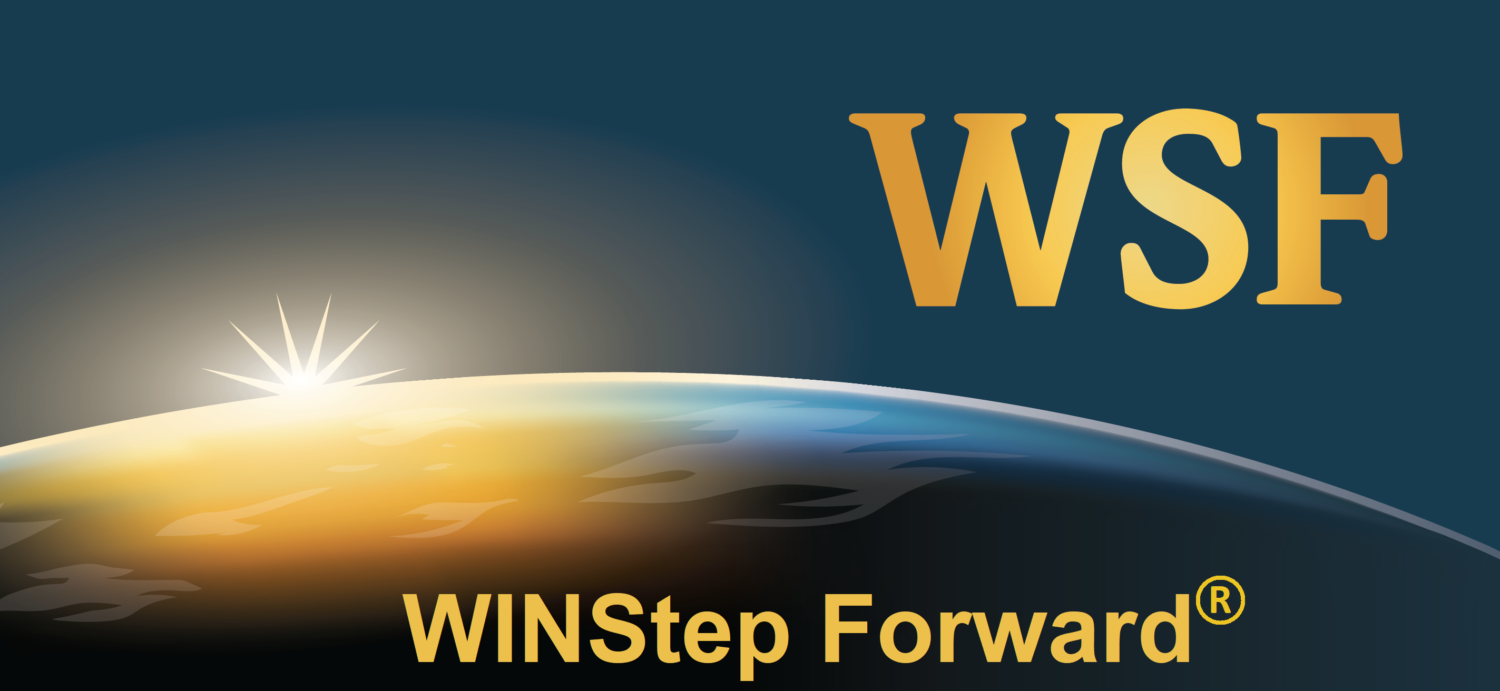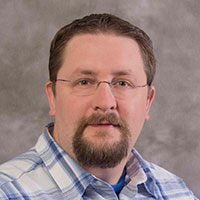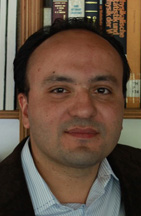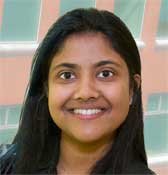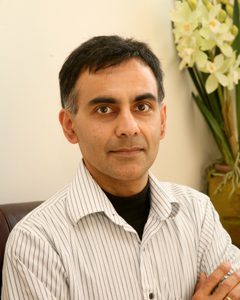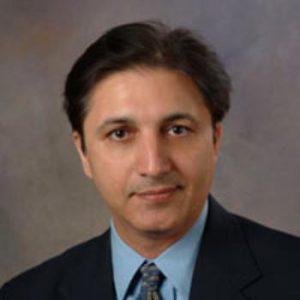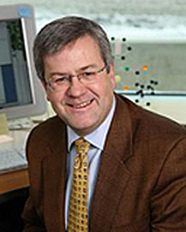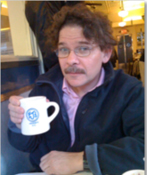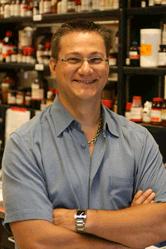Joshua A. Robinson
“What could we do with layered structures with just the right layers? What would the properties of materials be if we could really arrange the atoms the way we want them …” These words from Richard Feynman started the scientific world down the path to discover 2D materials. Dr. Robinson’s interests span a wide range
Read More